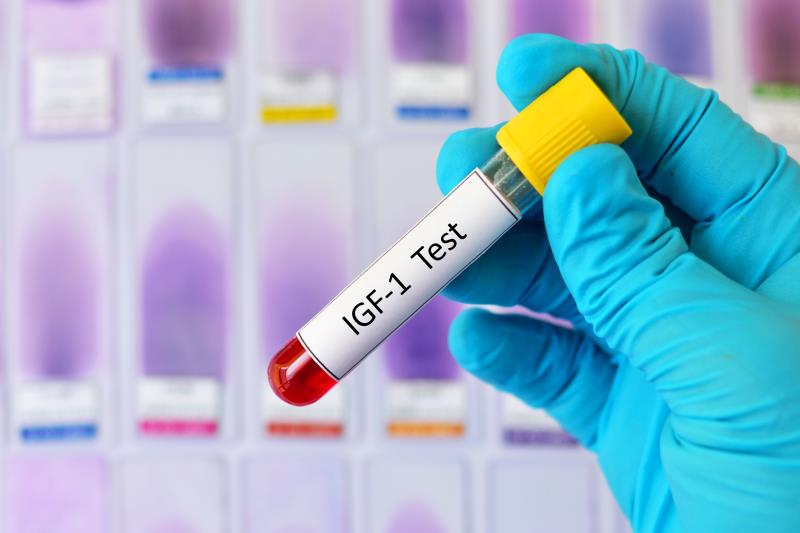
The investigational, oral formulation of octreotide appeared to be effective and safe as maintenance treatment for adults with acromegaly, according to the results of the phase III OPTIMAL* study presented at ENDO 2020.
Acromegaly is a rare condition driven by the excessive production of growth hormones in the pituitary gland, typically due to a benign tumour. The most common manifestation is the enlargement of hands and feet, as well as occasional alterations in facial features and heavy sweating. [https://www.hormone.org/diseases-and-conditions/acromegaly, accessed April 8, 2020]
One of the current first-line treatment options for acromegaly involves injections of a somatostatin analogue or somatostatin receptor ligand (SRL), said principal study investigator Dr Susan Samson from Baylor College of Medicine in Houston, Texas, US. Although effective, SRLs have certain limitations (eg, injection site pain), leading to suboptimal symptom control and lost workdays, she added. “Oral octreotide capsules may provide an alternative to monthly injections.”
Fifty-six adults with active acromegaly (IGF-1** ≥1.3 x ULN*** ≥3 months after last pituitary surgery) with an average IGF-1 level of ≤1 x ULN controlled by stable injectable SRLs (octreotide or lanreotide) participated in the double-blind phase of the study. A month following the last SRL, patients were randomized 1:1 to receive either octreotide or placebo for 9 months, followed by an optional open-label extension of octreotide. [ENDO 2020, abstract OR23-07]
At treatment end, mean IGF-1 levels among octreotide recipients were within the reference (normal) range (0.97 x ULN), while those receiving placebo exceeded the normal limits (1.69 x ULN).
Compared with placebo-treated patients, there was a significantly greater fraction of octreotide recipients who maintained their average IGF-1 levels (58 percent vs 19 percent; p=0.008) and growth hormone response of <2.5 ng/mL at week 36 (78 percent vs 30 percent; p=0.001).
“Excess growth hormone raises levels of IGF-1, a hormone that reflects growth hormone activity better than measuring growth hormone,” explained Samson. Therefore, the IGF-1 levels maintained within normal limits by a substantial number of octreotide users at week 36 reflect the potential efficacy of the study drug in this patient setting.
Moreover, median time to loss of IGF-1 response was 16 weeks in the placebo arm and was not reached by week 36 in the octreotide arm (p<0.0001).
Among octreotide recipients, 75 percent completed 36 weeks of treatment without needing rescue therapy. Conversely, 68 percent of placebo-treated patients required rescue therapy.
Octreotide was safe and well tolerated, with no new or unexpected safety signals reported. Although almost all patients reported treatment-emergent adverse events, most were mild to moderate in intensity.
“[Overall, these findings suggest that] octreotide capsules [are] potentially safe and effective for the treatment of adults with acromegaly … [If given the FDA nod, oral octreotide] would be the first oral SRL for the treatment of acromegaly in adults … It has the potential to expand the treatment option for [this patient subset] beyond injectables,” said Samson.
Almost all patients (90 percent) who completed this phase opted to participate in the open-label extension phase.